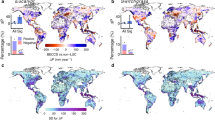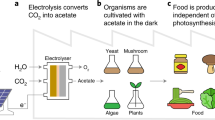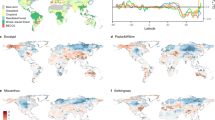Abstract
Water scarcity in hot deserts, which cover about one-fifth of the Earth’s land area, along with rapid expansion of hot deserts into arable lands is one of the key global environmental problems. As hot deserts are extreme habitats characterized by the availability of solar energy with a nearly complete absence of organic life and water, space technology achievements in designing closed ecological systems may be applicable to the design of sustainable settlements in the deserts. This review discusses the key space technology findings for closed biogenerative life support systems (CBLSS), which can simultaneously produce food, water, nutrients, fertilizers, process wastes, and revitalize air, that can be applied to hot deserts. Among them are the closed cycle of water and the acceleration of the cycling times of carbon, biogenic compounds, and nutrients by adjusting the levels of light intensity, temperature, carbon dioxide, and air velocity over plant canopies. Enhanced growth of algae and duckweed at higher levels of carbon dioxide and light intensity can be important to provide complete water recycling and augment biomass production. The production of fertilizers and nutrients can be enhanced by applying the subsurface flow wetland technology and hyper-thermophilic aerobic bacteria for treating liquid and solid wastes. The mathematical models, optimization techniques, and non-invasive measuring techniques developed for CBLSS make it possible to monitor and optimize the performance of such closed ecological systems. The results of long-duration experiments performed in BIOS-3, Biosphere 2, Laboratory Biosphere, and other ground-based closed test facilities suggest that closed water cycle can be achieved in hot-desert bioregenerative systems using the pathways of evapotranspiration, condensation, and biological wastewater treatment technologies. We suggest that the state of the art in the CBLSS design along with the possibility of using direct sunlight for photosynthesis and recent advances in photovoltaic engineering can be used as a basis for building sustainable settlements producing food, water, and energy in hot deserts.
Similar content being viewed by others
Article PDF
Author information
Authors and Affiliations
Corresponding author
Rights and permissions
About this article
Cite this article
Polyakov, Y., Musaev, I. & Polyakov, S. Closed bioregenerative life support systems: Applicability to hot deserts. Nat Prec (2010). https://doi.org/10.1038/npre.2010.3926.2
Received:
Accepted:
Published:
DOI: https://doi.org/10.1038/npre.2010.3926.2



